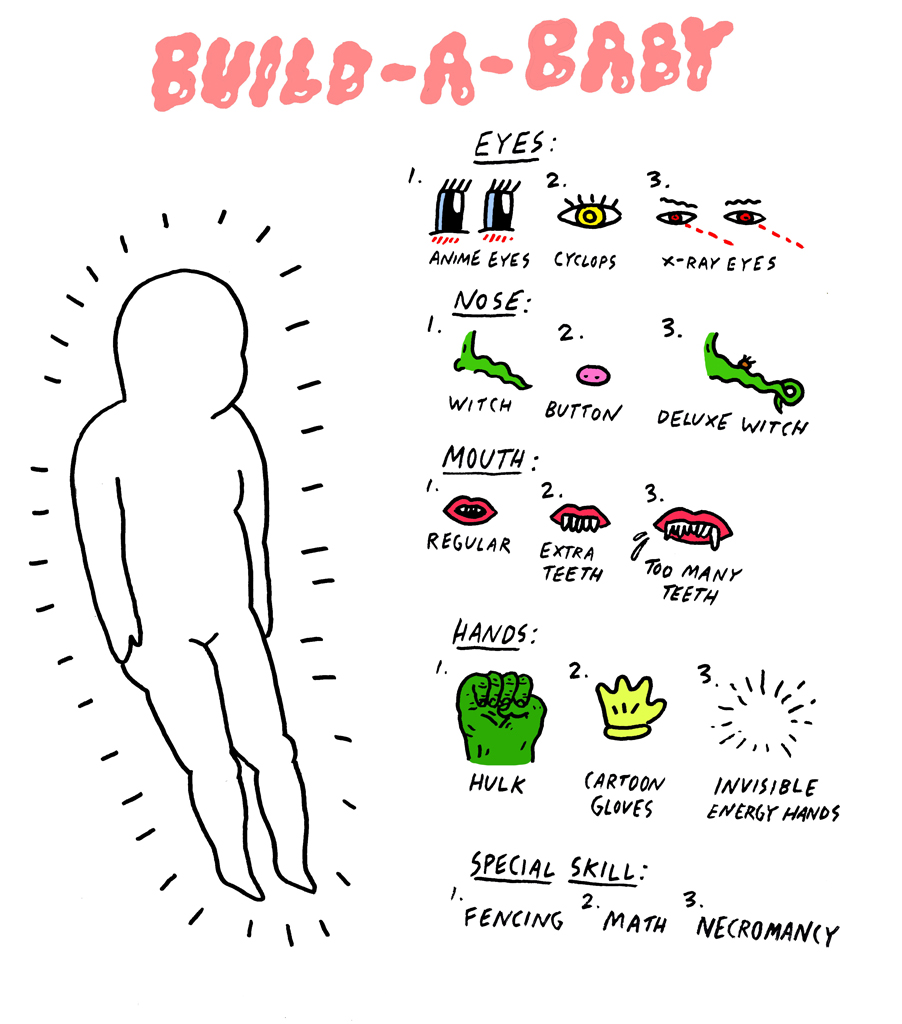Could your cellphone be giving you brain cancer? It’s hard to say, but the latest research is reassuring.
A study recently published in the British Medical Journal followed almost 360,000 Danish cellphone subscribers for 18 years and compared the incidence of cancer between them and the rest of the population.
The result? According to the paper, “no overall increased risk” of brain tumours was found associated with the use of mobile phones. There was no increased risk of brain tumours in the temporal lobe — the area with the highest absorption of energy emitted by cellphones. There was an increased risk of glioma — a glial cell tumour that occurs in the brain — in men, but it was not statistically significant, and was unrelated to the length of exposure. The experiment also observed cellphone subscribers experienced a decreased risk of tumours which form in the meningies — a network of connective tissues that protect the brain and spinal chord.
The study, led by Patrizia Frei of the Danish Cancer Society, follows all natural-born Danes, born after 1925, and who were 30 or older at the beginning of the study. It is linked to another study called CANULI, run by the Institute of Cancer Epidemiology, on social inequality and cancer. This allowed the team to adjust for socioeconomic factors, particularly smoking, that may have confounded the data in previous studies
This is the first large-scale cohort study conducted on incidence of brain cancer in cellphone users. It made use of the Danish government’s extensive and well-linked national registers to collect data on health and socioeconomic factors without the need to contact people, minimizing selection bias. Digitized subscriber data directly from the cellphone company was used, eliminating the need for interviews or questionnaires, which are an inaccurate way of determining the frequency of cellphone use.
A possible link between cellphone use and cancer has been the subject of many studies in the past. Co-authors of the BMJ paper were involved in the two previous studies of the same group (in 1996 and 2002) that did not adjust for socioeconomic factors. According to the paper, most other studies on the subject agree with the results, showing no evidence of a link in the short term and not enough data to draw conclusions about the long term.
However, there are a few studies that disagree. One from 2010, led by Lennart Hardell of Orebro University in Sweden, showed an increased risk of glioma for both short- and long-term cellphone users. This study collected data on deceased subjects by sending questionnaires to family members, a method the Frei, et al. paper criticizes as being prone to recall bias. Another study, run by the International Agency for Cancer Research, showed a significant increase in risk in the most-exposed tenth of subjects. However, this may have been an error, as the next-most-exposed tenth showed some of the lowest risk of any category.
What conclusions can we draw from this study? It is a reassuring milestone, but by no means does it completely disprove any link between cellphones and cancer. Frei, in an email to the Manitoban, cautioned against being hasty. “We can basically say that [this kind of study] can show moderate to large risks, but cannot rule out small risks.” She pointed out the limitations of the study, particularly that no data was collected on the actual frequency of cellphone use, only on the number of subscriptions, and therefore they could not estimate the risk for heavy users.
“Our study cannot answer all questions and there are still open issues which I would not just play down. For example, we cannot say anything about longer-term use, let’s say 20-plus years or the risk in children,” said Frei. “Since everyone is using a mobile phone even a small risk can be of high public health relevance.”




danish study has been debunked.
Physics in Medicine and Biology Volume 56 Number 15 Create an alert RSS this journal. J F Bakker et al 2011 Phys. Med. Biol. 56 4967 doi:10.1088/0031-9155 …
iopscience.iop.org/0031-9155/56/15/020
[PDF]
Mutagenic response of 2.45?GHz radiation exposure on rat brain
Adobe PDF – View as html
Mutagenic response of 2.45 GHzradiation exposure on rat brain KAVINDRAKUMARKESARI, J. BEHARI, &SANJAYKUMAR Bioelectromagnetic Laboratory, School of Environmental …
http://www.kawarthasafetechnology.org/wp-content/uploads/2011/...
Attention Deficit Hyperactivity Disorder and Dirty Electrici …
Attention Deficit Hyperactivity Disorder and Dirty Electricity Milham, Samuel MD, MPH
journals.lww.com/jrnldbp/Fulltext/2011/10000/Attention… – Cached
Schools’ guide
wiredchild.org/schools.html
Michael Bevington, teacher, Stowe School, Buckingham … programme here… Read the transcript… An HPA investigation into wi-fi in schools failed even to consider the health effects, only going as far as to take readings from wi-fi installations. …
Table of Effects By Power Density and SAR – Wireless Precaution
http://www.wireless-precaution.com/main/tableofeffects.php
50+ items – The research on biological effects of wireless technologies is …• 0.00001 ?W/m2 – Altered EEG in human subjects – Brise 1978 (Firstenberg …• 0.0001 ?W/m2 – Effects on immune system in mice – Bundyuk 1994 (Firstenberg• ~7 ?W/m2 – 0.05V/m) Adverse health effects around GSM 1800 – Eger / Nai
• 13/02/2011 – Electric fields are integral to the functioning of a living …www.powerwatch.org.uk/…/20110213-electric-fields-brain-cells.asp
• Feb 13, 2011 – Powerwatch – First real cellular evidence that low levels of electric fields in brain tissue significantly affect brain function.